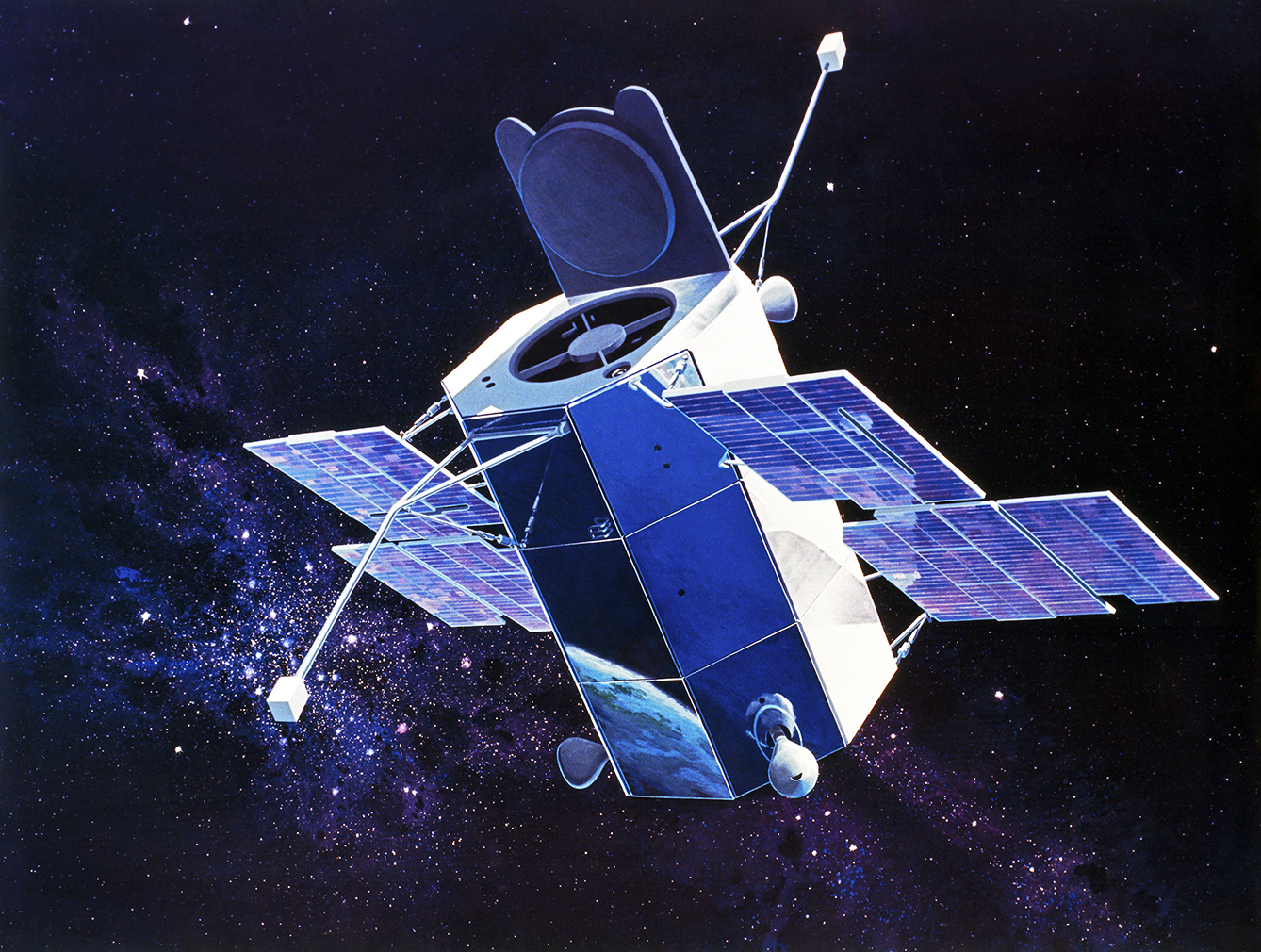
The Hubble Space Telescope
Revealing All the Secrets of the Universe

The History of the Hubble Space Telescope


The History of the Hubble Space Telescope
The Hubble Space Telescope, like many other technological advancements, started as an idea. An idea by astronomer Lyman Spitzer, who wrote one of the first reports about the advantages of a large telescope placed above our atmosphere back in 1946. In that report, he explained that such a device would be able to discover brand new phenomena in our universe. However, when Lyman received his doctorate in 1938, ideas such as a large telescope were considered science fiction. They were simply too big and costly of a vision to be anything more (DeVorkin, Hille).

Lyman Spitzer (Insitute for Advanced Study)

Sputnik 1 (NASA)
During the 1940s and 1950s, space telescopes were still considered by many to be too much work and would require resources that could be better used for other purposes. That all changed years later when the U.S. announced that they would be launching artificial satellites into space. However, the Soviets beat them to the punch when they launched their satellite, Sputnik 1, in 1957. This event sparked the beginning of the Space Race (DeVorkin, Hille).
Advancements on both sides happened left and right. The USSR launched another satellite a month later, carrying one of the first organisms sent into space, Laika the Space Dog. Following this, the US entered the Space Race by sending their satellite, Explorer 1, in 1958. Nine months later, the National Aeronautics and Space Administration was founded to replace the National Advisory Committee on Aeronautics. Eight years later, and over the span of six years, NASA built and launched four satellites all under the name of Orbiting Astronomical Observatory. Although all of them are now out of commission, their success led to the creation of the Hubble Space Telescope (Mann, Gregersen, Hille).

Laika the Space Dog, onboard the skeleton of Sputnik 2 (NASA)

An artistic depiction of Orbiting Astronomical Observatory 2. (NASA)
During the OAO program, Lyman Spitzer gathered the support of other astronomers for the idea of a large space telescope. In 1969, the National Academy of Sciences approved the idea, deeming it the “Large Space Telescope Project.” However, the project’s funding dwindled heavily due to the moon landing of the same year. Even with the lower budget, the people who were assigned to the project were able to develop the renamed Hubble Space Telescope, named after cosmologist Edwin Hubble. Hubble was considered to be the leading cosmologist of the 20th century due to his findings of the existence of other galaxies and evidence that they were moving away from each other (DeVorkin, Hille).